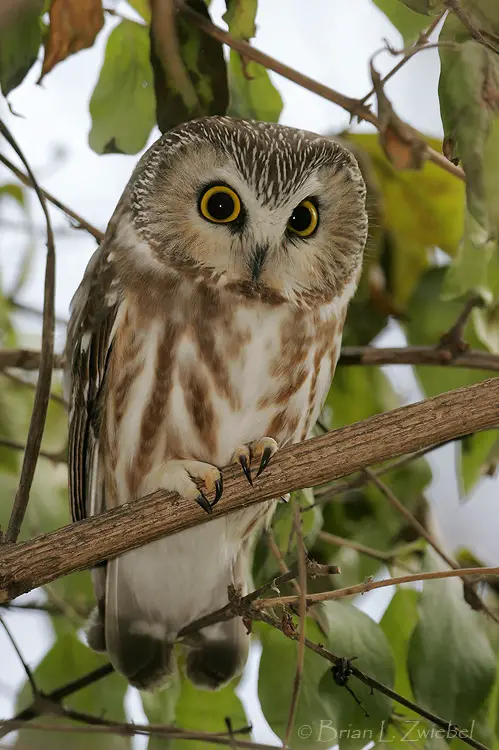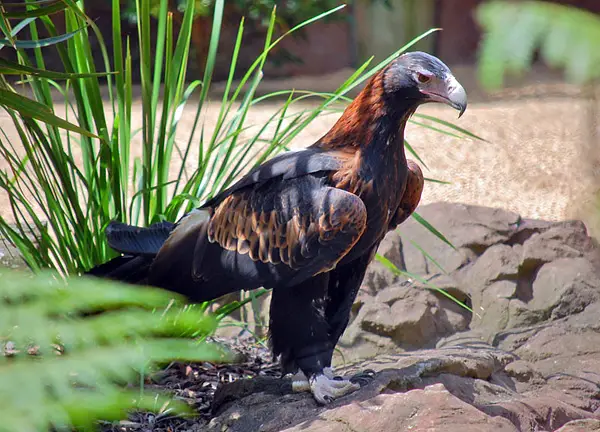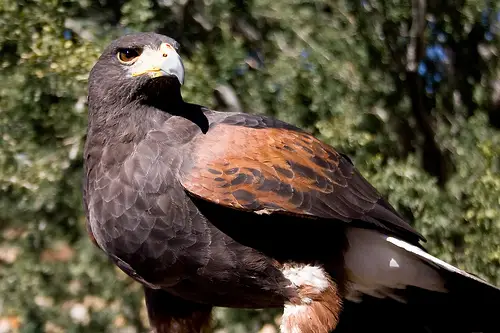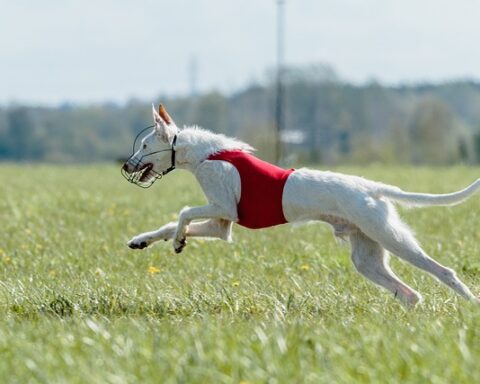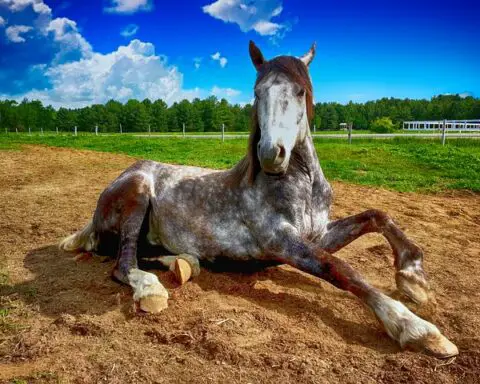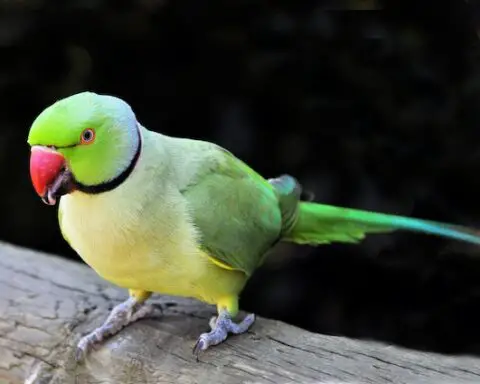You won’t find too many peregrine falcon factsfor kids despite of the widespread sources of information. Well, if you’re willing to know about the remarkable species of eagle then pat your back and read the whole article. Peregrine falcon belongs to the family of Falconidae and was previously known as the Duck Hawk in North America. Bad news is that most of the parasites have turned out to be the major cause of their extinction. These types of falcons are known to breed across Arctic tundra extending towards the tropics. Peregrine falcons inhabit in almost all the major places of the planet earth.
Significant peregrine falcon facts are illustrated below.
Peregrine Falcon Facts For Kids
Peregrine falcon facts about their physical description and other features include:
- The color of the falcon’s back is bluish-gray with the black head.
- By and large females are larger than the males.
- When it comes to the diving speed, peregrine falcon supersedes the rest in that they tend to reach up to 325 km/h (202 mph) whilst stopping. Due to this exceptional diving ability the bird is considered to be the fastest creature in the whole animal kingdom.
- These species are extensively found everywhere except on Polar Regions.
- There are about 18 – 19 subspecies of peregrine falcon.
- Arctic tundra and tropics are the most regions where the breeding takes place.
- The peregrine falcon reaches up to 34 – 58 cm (13 – 23 in).
- The wingspan is 80 to 120 cm (31 – 47 in).
- There is no significant difference regarding the plumage of males and females.
- The females are believed to be 30% greater-in-size than males.
- The weight of these species is around 440 g to 750 g (0.97 – 1.7 lb). The greater female weighs around 910 to 1,500 g (2.0 – 3.3 lb) with feeble variation amongst various species.
- The color of the long wings of an adult peregrine is bluish black with black tips.
- These birds have a black mustache.
- The head-top is black in color together with the black beak and claws.
- From the peregrine falcon facts we know that the birds have pointed wings.
- The crushing power of peregrine falcon is incomparable in that it penetrates into the kill with its strong claws and mashed the spinal cord.
- The average lifespan of these species is 15 to 16 years.
- Peregrines have long been recognized for building their habitat from the thrown-away nests of other birds.
- The incubation period lasts for 33 days.
- Normally females lay 3 to 5 eggs in one season.
- Peregrine falcon facts about their territorial jurisdiction demonstrate that the radius of a territory is about 19 to 24 km (12 – 15 miles).
Read More: What do Peregrine Falcons Eat?
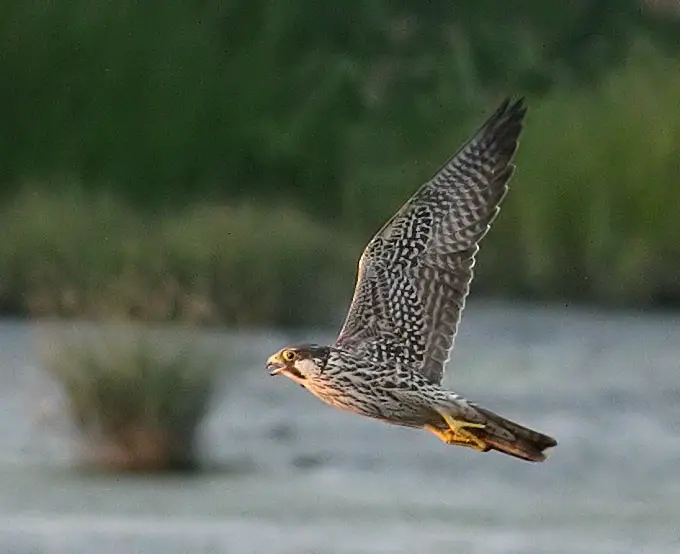
Peregrine Behavior Facts
Peregrine falcon facts about their behavior are described as follows:
- These falcons like to live in the mountainous regions, near-water places and the like.
- These birds prefer to stay in the mild cooler regions. However, few of the species do migrate during winter.
- Theoretically speaking, these falcons can reach up to 400 km/h (250 mph) at low altitude while the speed increases to 625 km/h (390 mph) at the high altitude.
Read More: What Does a Peregrine Falcon Look Like?
What do Peregrine Falcon eat?
Some of the most important peregrine falcon facts about its diet include:
- Most of the feeding relies on the standard-sized birds; however, small mammals like reptiles, rats, and insects can become an essential part of the diet.
- Other feed includes doves, pigeons, songbirds, waders, and waterfowl.
- While going through the peregrine falcon facts some remarkable insights are revealed in that 1,800 to 2,000 birds become victim of these birds each year.
- These falcons catch rats, voles, hares, and squirrels more often.
- Because peregrine falcons hunt mostly in dim light, nocturnal animals become the regular diet of this bird.
- It has the ability to catch the kill during the flight; however, if the prey is heavy enough to lift, it drops down andthen does the rest on ground.
Read More: How Fast Does a Peregrine Falcon Fly?
Predators of Peregrine
A few essential peregrine falcon facts about their predators are as follows:
- Even though the falcons do not have too many predators; however, some of the noteworthy are ravens, herons, felids, and gulls.
- In case the nests are built on the ground, predators such as wolves, foxes, bears, and other eagle species.
Read More: What Eats Peregrine Falcons?
Peregrine Species
Quite a few numbers of subspecies are given in the peregrine falcon facts some of which are:
- Falco peregrinus anatum (Bonaparte, 1838)
- Falco peregrinus babylonicus (P.L.Sclater, 1861)
- Falco peregrinus brookei, (Sharpe, 1873)
- Falco peregrinus calidus, (John Latham, 1790)
- Falco peregrinus cassini, (Sharpe, 1873)
- Falco peregrinus ernesti, (Sharpe, 1894)
- Falco peregrinus furuitii, (Momiyama, 1927)
- Falco peregrinus japonensis, (Gmelin in 1788)
- Falco peregrinus macropus, (Swainson 1837)
- Falco peregrinus madens, (Ripley and Watson, 1963)
- Falco peregrinus pealei,
- Falco peregrinus pelegrinoides,
- Falco peregrinus peregrinator, (Sundevall, 1837)
- Falco peregrinus peregrinus, (Tunstall, 1771)
- Falco peregrinus radama, (Hartlaub 1861)
Peregrine Falcon Facts Videos

